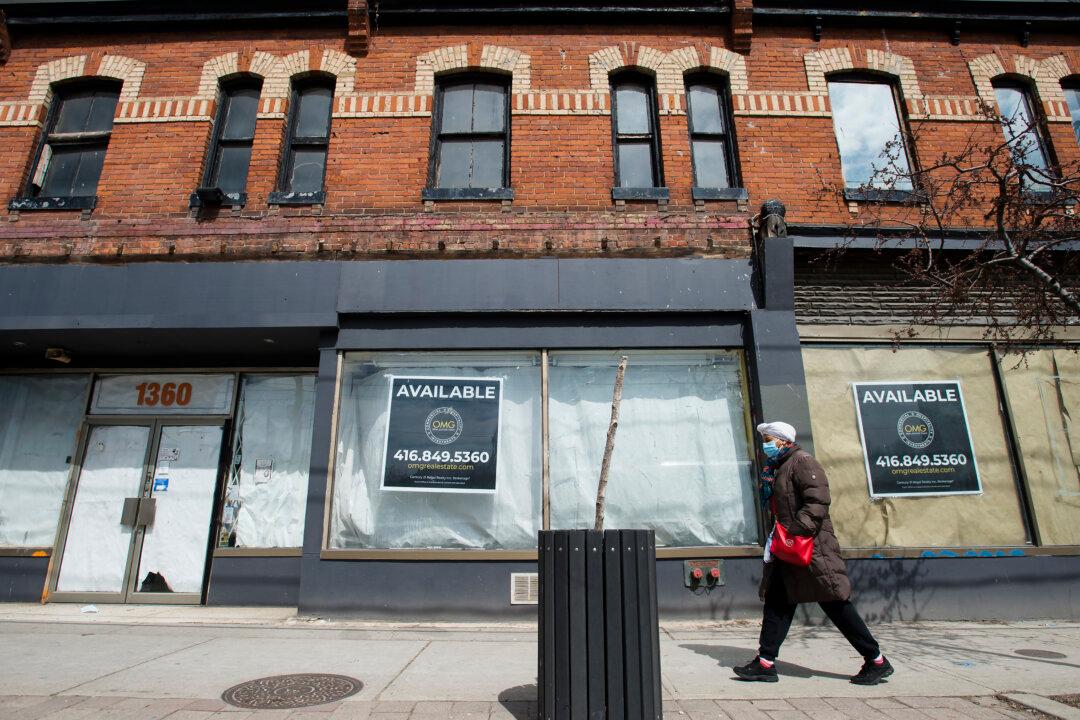The premise and focus of Canada’s pandemic response has been misguided—but it’s not too late to change course, says a former emergency management expert and retired Canadian army officer, who has been trying to get all of Canada’s premiers on board with his detailed action plan since the spring.
David Redman is a former executive director of the Alberta Emergency Management Agency who later spent nearly 10 years as an organizational consultant working on best practices for emergency management. He also served as an officer with the Canadian Armed Forces for 27 years, leading complex missions as lieutenant-colonel.





